
The Bol d'Or
Created by Eugene Mauve et the AAMM (association of former military motorcyclists), the "Bol d'Or" is a name borrowed from a 24-hour endurance cycling competition. The reward was a bronze bowl, offered par Meunier chocolates.
Back to the past of this legendary race
In 1922: Tony Zind wins the first-ever 24-hour motorcycle race on Motosaccoche 500 (bi-cylinder, devoid of rear suspension and saddle) at Vaujours. The regulations, which will last until 1954, only allow one driver perar machine, with the possibility of resting four hours at night. 5,1 km circuit on clay.
1923-1936: The Bol d'Or takes place in Saint Germain en Laye with minimal or even non-existent infrastructure. It was a real feat to see the end of the race for the competitors.
From 1924, mingle with many activities: brass bands, orchestras, balls and refreshments. The Bol d'Or was then the most illustrious French motorcycle race, the Grand Prix did not yet exist.
From 1924 to 1939, the Bol d’or is the biggest motorcycling race in France. Many singing and sports stars come to show themselves and have their pictures taken.
Stopping of the Bol d'Or 1940 to 1946
1947-1948: The Bol d'Or takes place on the Circuit des Loges de Saint Germain en Laye. Gustave Lefevre is a seven-time Bol d'Or winner between 1947 and 1955 riding Norton Manx 500.
1949-1960: The bol d'Or takes place on the circuit of Montlhéry during the 1950s. The event is losing its popularity with motorcyclists. Motorcycling in France is not doing well, the Montlhéry circuit is too far from Paris to be a goal for a walk, the number of motorbikes entered is falling.
From 1954, two drivers are allowedar machine.
Stopping the Bol d'Or between 1961 and 1968
1969-1970: Clear domination of the Japanese teams.
1971-1977: The Bol d'Or takes place on the Bugatti circuit of Le Mans
1978-1999: The Bol d'Or takes place on the Paul Ricard circuit (Le Castelet). The event is part of ChampionEuropean endurance nat. From 1982, the regulations allow 3 pilots par machine.
2000-2014: The Bol d'Or takes place on the Magny-Cours circuit.
Since 2015: The Bol d'Or is back on the Paul Ricard circuit: The event brings together several races in addition to the 24h. Around 74 spectators are present.
The Bol d'Or has once again become an unmissable global event in the world of motorcycle racing.
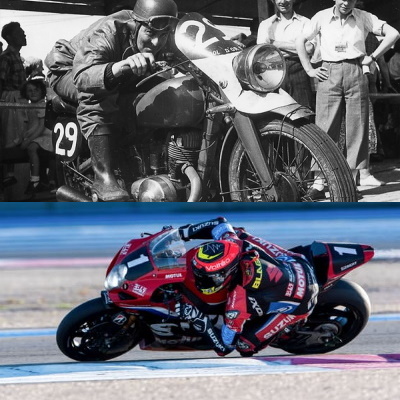
The Bol d'Or today
The Bol d'Or Classic
The Bol d'Or Classic is a race that takes place in two parts. A first round on Friday evening and a second on Saturday morning. Each of the races lasts 2 hours and honors the old motorcycles, from 1960 to 1983 for the Classic, from 1984 to 1991 for Post-Classic. This course vintage exists since 2003.
The Silver Bowl
The Bol d'Argent takes place on Friday afternoon and lasts 3h. This competition brings together around sixty amateur pilots driving on roadsters of 600 or 800 cm3 categories.
The Bronze Bowl
New kid on the block, the Bol de Bronze allows 14 - 25 year olds to test themselves in endurance. The 2 race takes place on Friday afternoon, then the young drivers return to the track for a 30 minute sprint, just before the start of the Bol d'Or.
Numbers:
18: Number of wins for Suzuki
09: Number of wins for Vincent Philippe
more than 72 thousand visitors expected in 000
60 crews and more than 500 pilots expected for 2022
Some great figures of the race
Eugene Mauve (?-1954) Former pilot, creator of the Bol d'Or in 1922, he has greatly contributed to the development of motorsport and motorcycle racing across the country.
***
Tony Zind (1894-1965) is a French motorcyclist, double winner of the first two editions of the Bol d'or, in 1922 and 1923 at Vaujours and then at the Saint-Germain circuit, on Motosacoche 500 cm³.
His competitive career on two wheels spans from 1919 (3 Lyon GP on Ultima 350cc), to 32.
In 1921: second in the Lyon GP in 350 cm3.
In 1922: Third in the UMF GP in 500cc.
In 1926: second in the UMF GP in 350cc on Magnat-Debon.
In 1928: third in the GP de Lyon on Ravat in 250 cm3.
***
Gustave Lefevre is a motorcyclist, seven-time winner of the Bol d'or moto at the Linas-Montlhéry Autodrome in Norton M, in 1947, 1949 (he does not run in 1948), 1950, 1951, 1953, then 1956 and 1957 with Georges Briand (3e in 1954, and still winner of the 500 cm category3 in 1955 with Georges Briand).
In 1939, he is presumably third in the French Moto Grand Prix 500 cm3.
In 1947 he wins the 500 cm GP3 from the Opening to Linas-Montlhéry, then the Circuit de l'AMF 250 and 500 cm3 still in Linas-Montlhéry. He is also French speed champion on Norton in 1949 in 500 cm3, after also winning the championship playoffs and then winning the 1950 cm Lyon Grand Prix3. He also finished second in the Grand Prix de Paris on several occasions. In 1956 he is still first at the Critérium de France in 500 cm3.
***
Dominique Saron (born in 1959), led his Grand Prix racing career in parallel with endurance racing. Between 1985 and 1994, he won the prestigious race seven times.
In 1994, he created and animated the "Centre de Pilotage Dominique Sarron" which evolved in 2009 with the association of two other pilots (Cyril Huvier et David Sciberras) to become the H2S Pilot Center".
***
Vincent-Philippe (born in 1978), won 10 times in the motorcycle endurance world championship and nine times in the Bol d'Or between 2004 and 2019, for Team SERT.
He stops competing in 2020 to take charge of a motorcycle shop, prepare for the Dakar and provide its know-how for courses and driving and piloting courses
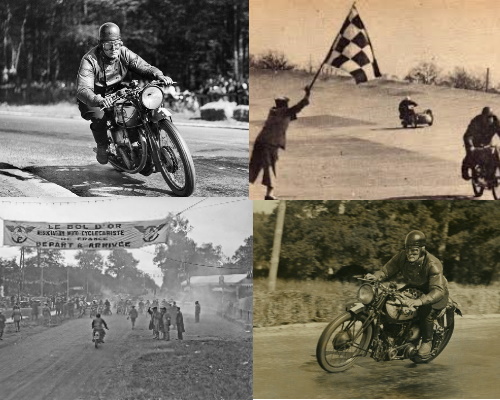
The mythical circuits
Circuit Montlhéry (autodrome)
The Linas-Montlhéry autodrome is a circuit that hosted car, motorcyclist and bicycle races, initially located in Seine-et-Oise (now in the French department of Essonne) called © colloquially “autodrome de Montlhéry†, from the name of the capital of the canton.
Drawn par the architect Raymond Jamin, this oval-shaped track speed ring, has two straight lines one hundred and eighty meters apart. It presents the particularity, notable, of concave bends; their cubic parabolic shape with a vertical axis has a connection traced according to a logarithmic spiral. The design aims to allow one-ton vehicles to reach speeds of 220 km/h at the top of corners. The circuit, measured on its central axis, develops exactly 2 thousand meters.
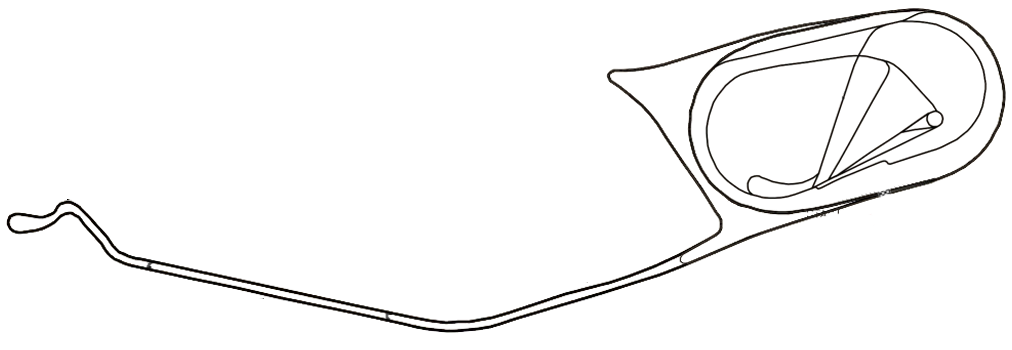
From 1937 to 1939, from 1949 to 1950, from 1952 to 1960 and from 1969 to 1970, it saw the competition between the best German brands (BMW, DKW, Zundapp...), British (AJS, BSA, Matchless , Norton, Velocette, Triumph...), Italian (Aermacchi, Ducati, Moto Guzzi, Moto Morini...), Spanish (Bultaco, Montesa...) and French (DS-Malterre which became Ydral, Gnome et Rhône, Monet-Goyon, Motobécane, Peugeot, Terrot...) with American (Harley Davidson), Austrian (Puch), Hungarian (Panonia) and Czechoslovakian (Jawa) incursions, often represented par factory stables.
In 1970, a Japanese machine, the Honda CB 750 Four takes the win for the first time.
Le Mans circuit
The Bugatti circuit is a permanent motor sports circuit located to the south of the city. Although it hosts car and truck races, it is best known for its motorcycling events. It is also used for non-mechanical endurance events like 24 Hours Roller and 24 Hours Cycling.
It should not be confused with the 24 Hours circuit, a temporary layout with which it shares the pits and about a third of its layout.
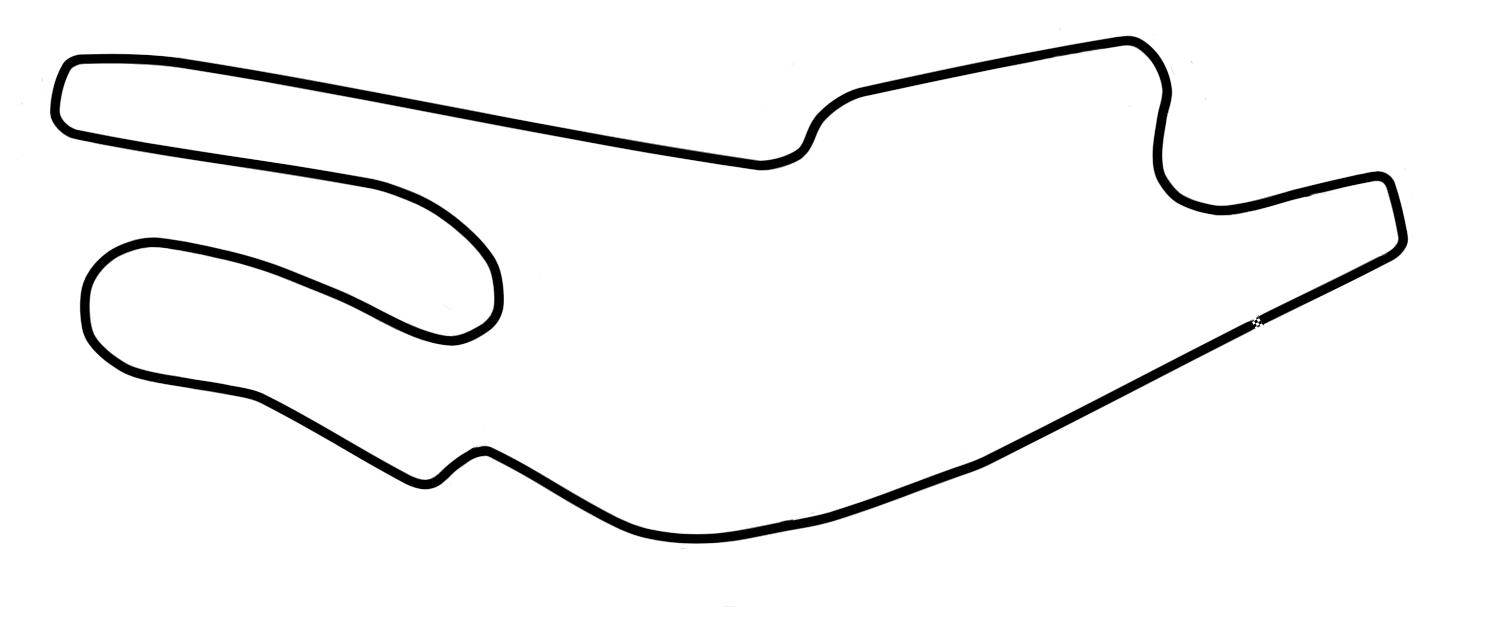
Magny-Cours circuit
Created in 1959 par Jean Bernigaud, mayor of Magny-Cours and owner of the land, the first circuit is a go-kart track of 510 m long. The Jean Behra circuit, named after the French pilot who died in 1959, 2 m long, is inaugurated in 1961. The new homologated layout for Formula 1 is made in 1988. The circuit is inaugurated and obtains its official homologation in 1989. From 2000 to 2014, the Bol d'or took place on the circuit.
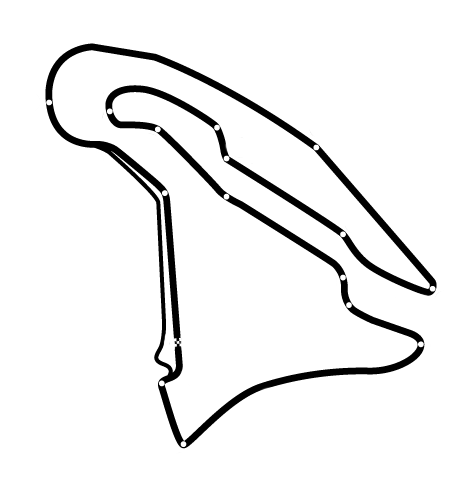
Le Castellet circuit
Circuit Paul Ricard is a Grade 1 approved French motor racing circuit par the International Automobile Federation (FIA) and the International Motorcycling Federation (FIM), inaugurated in 1970 in the Var department. The Circuit Paul Ricard invites the public to many national and international competitions (GT, car and motorcycle endurance, truck competition, running and cycling...).
2015 marks the return of the Bol d'Or to the Paul-Ricard circuit. Around 74 spectators watch a hotly contested race. The Kawasaki SRC team wins the competition while the SERT is crowned FIM EWC World Champion.
In 2016, for the first time, an all-female crew, the Girls Racing Team, qualifies and finishes the event in 23th place (12th in the SST category).
Since 2018, it has again hosted the Formula 1 French Grand Prix, and the Formula 1 Historic French Grand Prix (since 2021).












